June 6, 2025 | 07:21 GMT +7
June 6, 2025 | 07:21 GMT +7
Hotline: 0913.378.918
June 6, 2025 | 07:21 GMT +7
Hotline: 0913.378.918
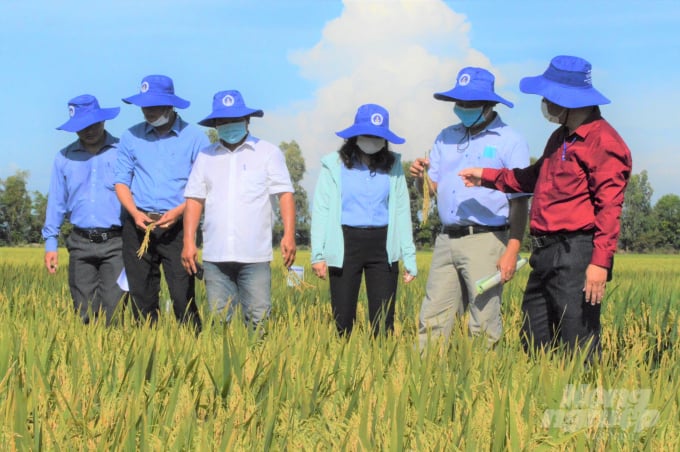
Rice production and aquaculture have the strongest growth rates in Kien Giang province's agricultural sector. Photo: Trung Chanh.
Agricultural sector of Kien Giang province grew steadily in the first six months of 2021 and contributed to the provincial overall growth.
A press conference was held to announce socio-economic statistics for the first 6 months of 2021 by Kien Giang Statistical Office.
According to Do Huy Cong, Deputy Director in charge of Kien Giang Statistical Department, the gross regional domestic product (GRDP) in the first 6 months of 2021 is estimated to be valued over VND31,752 billion, reaching 43.44% of the year plan and 4.52% increase over the same period.
Regarding the economic structure in the first 6 months, the agriculture, forestry and fishery sectors accounted for 42.32% of the province's GRDP.
The total added value of the agriculture, forestry and fishery sectors was estimated at VND13,081 billion, reaching 55.61% of the year plan, increasing by 2.52% over the same period and contributing 1.06% to the overall growth.
Specifically, the added value of the agricultural sector is VND 7,775 billion (up 1.75%) and the fishery sector at VND 5,216 billion (up 3.85%), contributing 0.44% and 0,64% to the overall growth respectively.
It is assessed that the development of Region I was improved compared to the same period last year due to this year’s favourable natural conditions for the agricultural industry. Meanwhile, farmers have been encouraged by profitable harvest so they have actively increased investment in the production process. Rice production and aquaculture are the two sectors with the strongest growth rates in Kien Giang's agricultural sector.
The total area of rice for the 2020-2021 seasonal and winter-spring crops is nearly 343,000 hectares, producing an estimated output of more than 2.43 million tons.
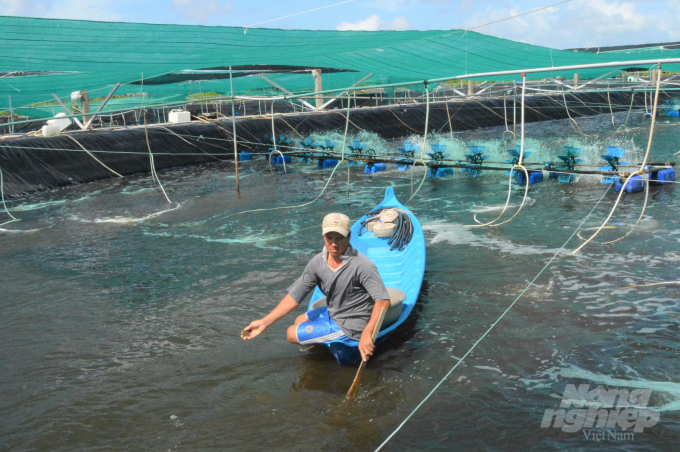
Brackish water shrimp is the major aquaculture species in Kien Giang Province's agricultural sector. Photo: Trung Chanh.
Although the cultivated area decreased by nearly 10,000 hectares over the same period, the output increased by nearly 56,000 tons thanks to the increase in average yield that reaches 2.84 quintals/ha.
Total production of fishery caught and raised in the first 6 months of the year is estimated at nearly 412,250 tons. Particularly, aquaculture production reached nearly 126,300 tons, farmed fish increased by more than 3,300 tons (up 12.26%) and farmed shrimp increased by nearly 6,800 tons (up 14.57% over the same period).
The total added value of industry and construction was estimated at VND 6,940 billion, up 8.36% over the same period. Region II has a relatively high growth rate with a number of industries that have good growth rates such as mining industry, beer production, leather shoes, frozen seafood processing, etc.
The service sector's total added value was estimated at 9,915 billion VND, up 5.37% over the same period. Despite increasing, the growth of Region III is not commensurate with the potential advantages of the province as many industries are affected by the Covid-19 epidemic and have their revenues drop sharply such as accommodation and food services, transportation or tourism.
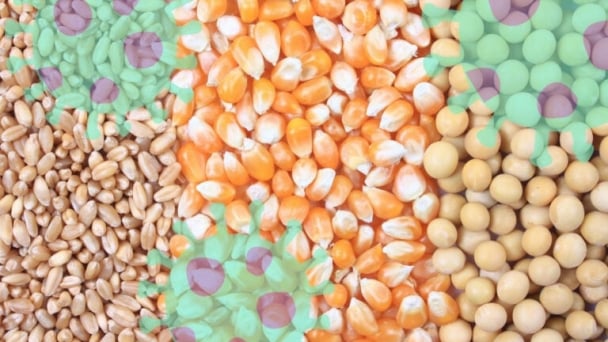
(VAN) Crops contaminated by mycotoxins may be costing poultry organisations more than £150,000 (€178,000) in losses annually.
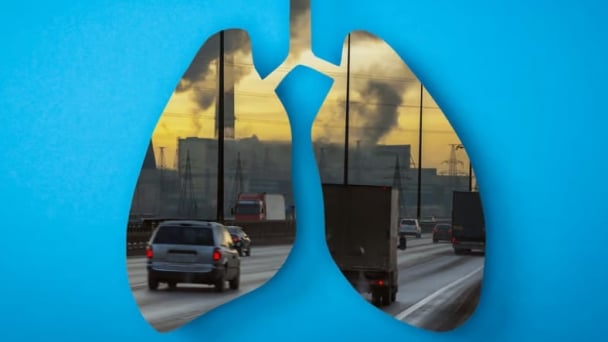
(VAN) New research has identified the mechanism by which air pollution damages the lungs’ self-cleaning system, leaving us vulnerable to infection.
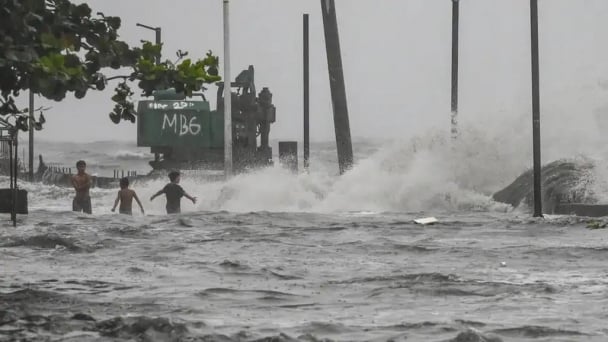
(VAN) On June 4 (local time), Deputy Minister of Agriculture and Environment Nguyen Hoang Hiep and the delegation attended the Global Platform for Disaster Risk Reduction (GP2025).
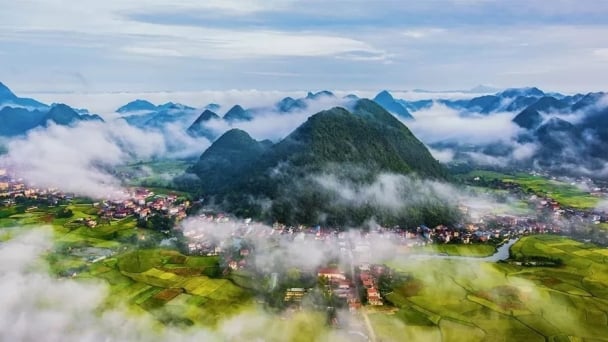
(VAN) UNESCO has officially awarded the Certificate of Recognition designating Lang Son Geopark as a UNESCO Global Geopark.

(VAN) The Food and Agriculture Organization of the United Nations (FAO) has appointed Alue Dohong as Assistant Director-General and FAO Regional Representative for Asia and the Pacific.

(VAN) Reuters, AP News, Washington City Paper and other outlets reported on the recent large-scale agricultural trade cooperation event between Vietnam and the U.S.
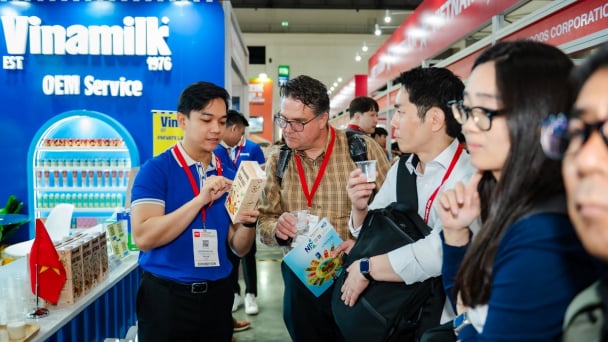
(VAN) At Thaifex Anuga Asia 2025, Asia’s leading food and beverage trade show, more than 170 Vietnamese enterprises are participating, with Vinamilk having been a consistent presence for nearly 20 years.